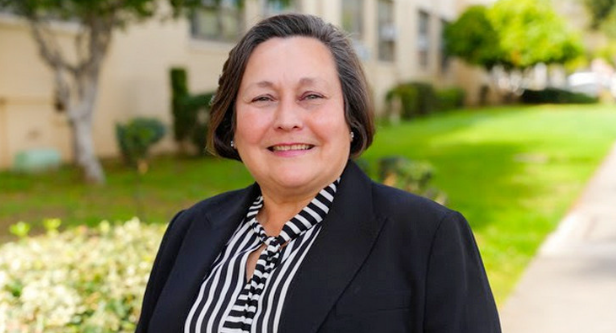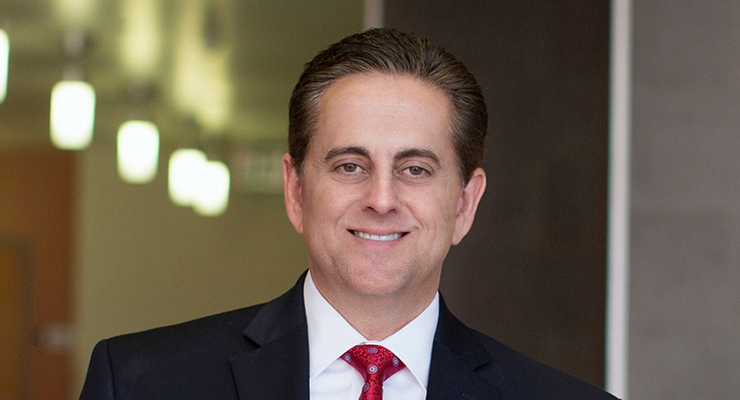
Caltech President Emeritus and Nobel Prize-Winning virologist David Baltimore says the jury is still out with respect to whether the SARS-Cov-2 virus behind the COVID-19 pandemic evolved naturally or was manufactured in a Wuhan laboratory, but there is evidence indicating the virus may have been man made.
Baltimore, who served as Caltech’s president from 1997 to 2006 and won a Nobel Prize for Physiology or Medicine in 1975 for his work related to viruses, tumors and genetics for his work, made the comments in an interview with the university published Tuesday.
“Biologists have seen what evolution can create: The whole natural world around us. We believe that evolution can do anything,” he said. “But the fact that evolution might have been able to generate SARS-CoV-2 doesn’t mean that that’s how it came about. I think we very much need to find out what was happening in the Wuhan Institute of Virology. I think that we can’t say for sure yet whether the SARS-CoV-2 virus came from natural origins or if it was genetically manipulated somehow.”
Baltimore clarified previous comments quoted in another interview.
“Let me be clear, even though I used the phrase ‘smoking gun,’ I don’t really think there’s a smoking gun in the genome itself,” he said.
But he added that a particular feature of the SARS-Cov-2 virus known as a “furin cleavage site” seems to provide an indication that the virus may have escaped from a laboratory.
The site, which refers to a sequence of 12 specific nucleotides used by the virus to attack cells of its hosts, “is entirely foreign to the beta-coronavirus class of virus that SARS-CoV-2 is in,” Baltimore said. The furin cleavage site expressed by the virus also helps increase its efficiency at infection.
Looking at many other related viruses, including those most closely related to SARS-CoV-2, none have been found to share the same sequence, he continued.
“So where did it come from in SARS-CoV-2? There are other viruses that have furin cleavage sites, other coronaviruses, though not the family of beta-coronaviruses. So this sequence’s nucleotides could have hopped from some other virus,” according to Baltimore. “No one has identified a virus that has exactly this sequence, but it could have come from something close, then evolved into the sequence that we see today.”
While the natural evolution of the unique feature of the virus remains a possibility, there is another potential explanation for it.
“The other way is that somebody could have put it in there. You can’t distinguish between the two origins from just looking at the sequence. So, naturally, you want to know: Were there people in the virology laboratory in Wuhan who were manipulating viral genetic sequences? It’s really a question of history: What happened?” Baltimore said
More study is needed, but the possibility of an artificial origin is “a hypothesis that must be taken seriously,” he added.
Learning how the current pandemic originated may help scientists be better prepared to prevent or react to the next one, Baltimore said.
“If it happened by natural means, it means that we have to increase our surveillance of the natural environment. We have to try to find the hosts that provide an ability for the virus to change its sequence, to become more infectious. This would mean we need to keep surveillance on markets, on zoos, on places where viruses could jump from one species to another,” he said.
“But if SARS-CoV-2 came about by an artificial means, it means we’ve got to put better defenses around laboratories,” Baltimore said. “I’m not suggesting that it was deliberately released if it came from a laboratory, but we have to realize that whatever a laboratory does might get out of the laboratory and create havoc. It means that work of this sort should only go on in what are called biosafety level 4 laboratories.”
The full text of the interview can be found online at caltech.edu/about/news/the-debate-over-origins-of-sars-cov-2.














 0 comments
0 comments


